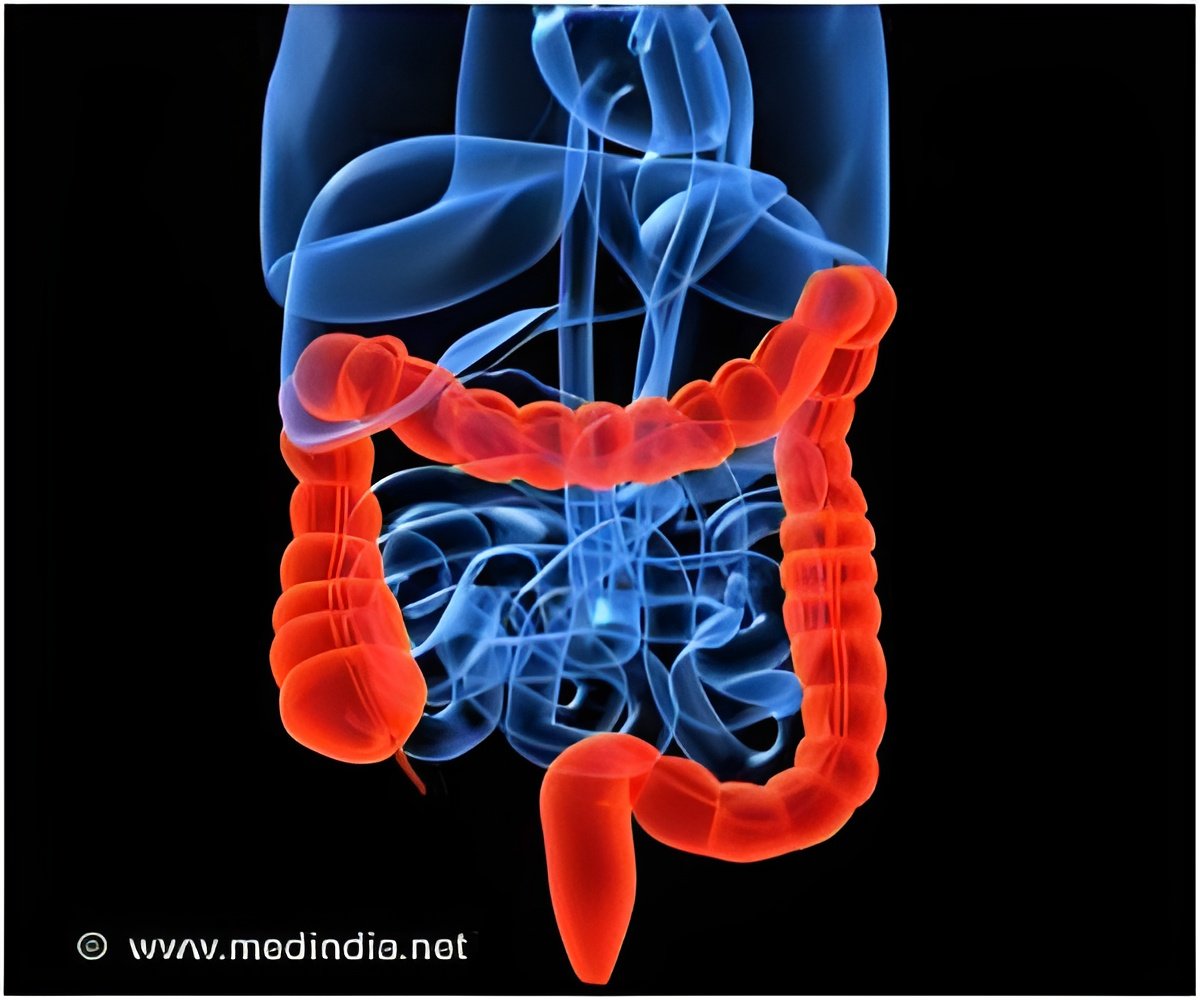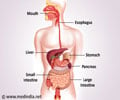A key bacteria in the gut has been identified whose resources are hijacked to spread harmful foodborne E. coli infections and other intestinal illnesses.

The UT Southwestern team discovered that EHEC uses a common gut bacterium called Bacteroides thetaiotaomicron to worsen EHEC infection. B. thetaiotaomicron is a predominant species in the gut's microbiota, which consists of tens of trillions of microorganisms used to digest food, produce vitamins, and provide a barrier against harmful microorganisms.
"EHEC has learned to how to steal scarce resources that are made by other species in the microbiota for its own survival in the gut," said lead author Dr. Meredith Curtis, Postdoctoral Researcher at UT Southwestern.
The research team found that B. thetaiotaomicron causes changes in the environment that promote EHEC infection, in part by enhancing EHEC colonization, according to the paper, appearing in the journal Cell Host Microbe.
"We usually think of our microbiota as a resistance barrier for pathogen colonization, but some crafty pathogens have learned how to capitalize on this role," said Dr. Vanessa Sperandio, Professor of Microbiology and Biochemistry at UT Southwestern and senior author.
EHEC senses changes in sugar concentrations brought about by B. thetaiotaomicron and uses this information to turn on virulence genes that help the infection colonize the gut, thwart recognition and killing by the host immune system, and obtain enough nutrients to survive. The group observed a similar pattern when mice were infected with their equivalent of EHEC, the gut bacterium Citrobacter rodentium. Mice whose gut microbiota consisted solely of B. thetaiotaomicron were more susceptible to infection than those that had no gut microbiota. Once again, the research group saw that B. thetaiotaomicron caused changes in the environment that promoted C. rodentium infection.
Advertisement
Source-Eurekalert











